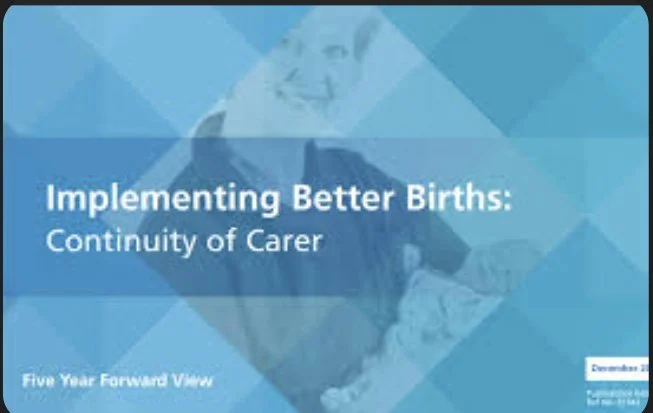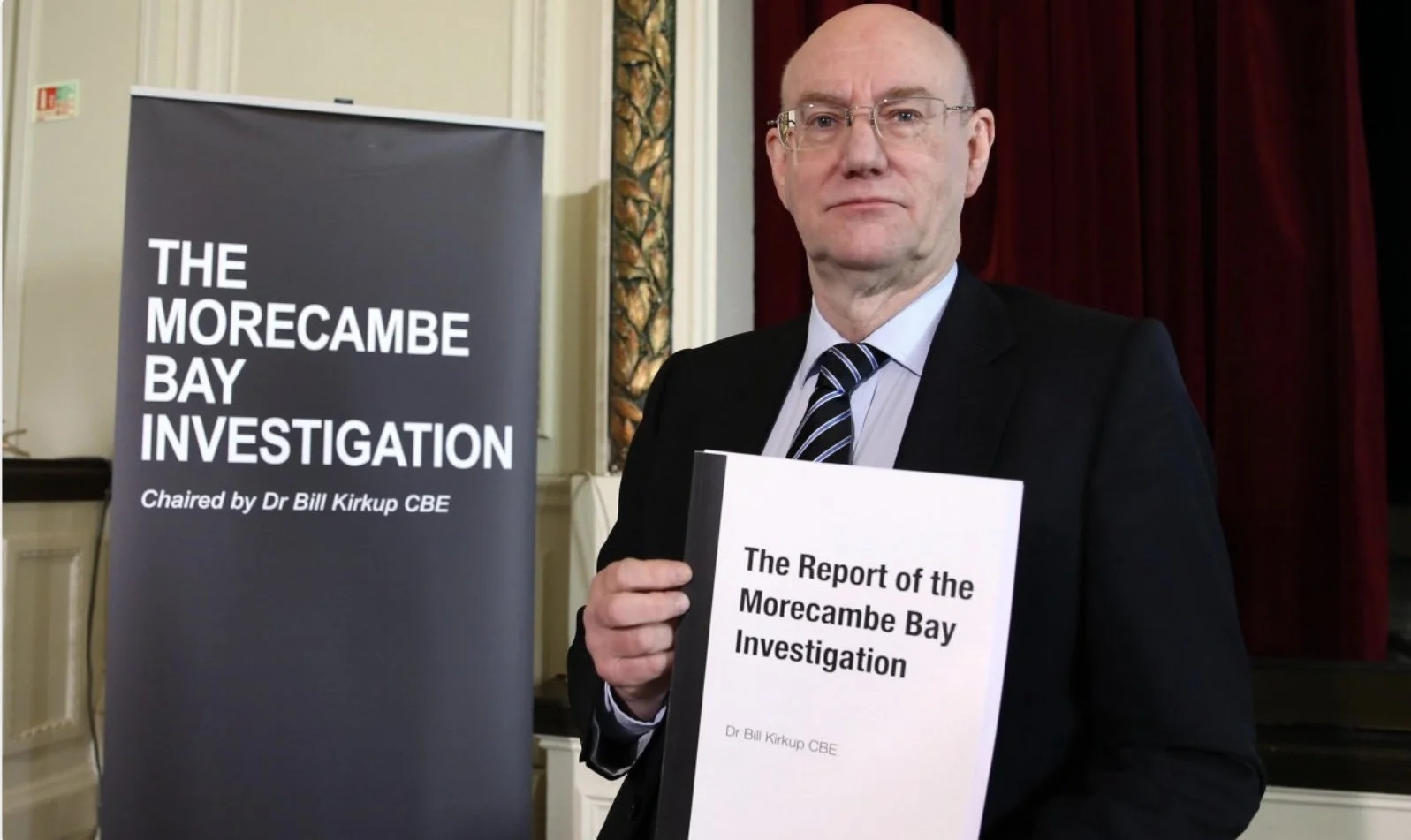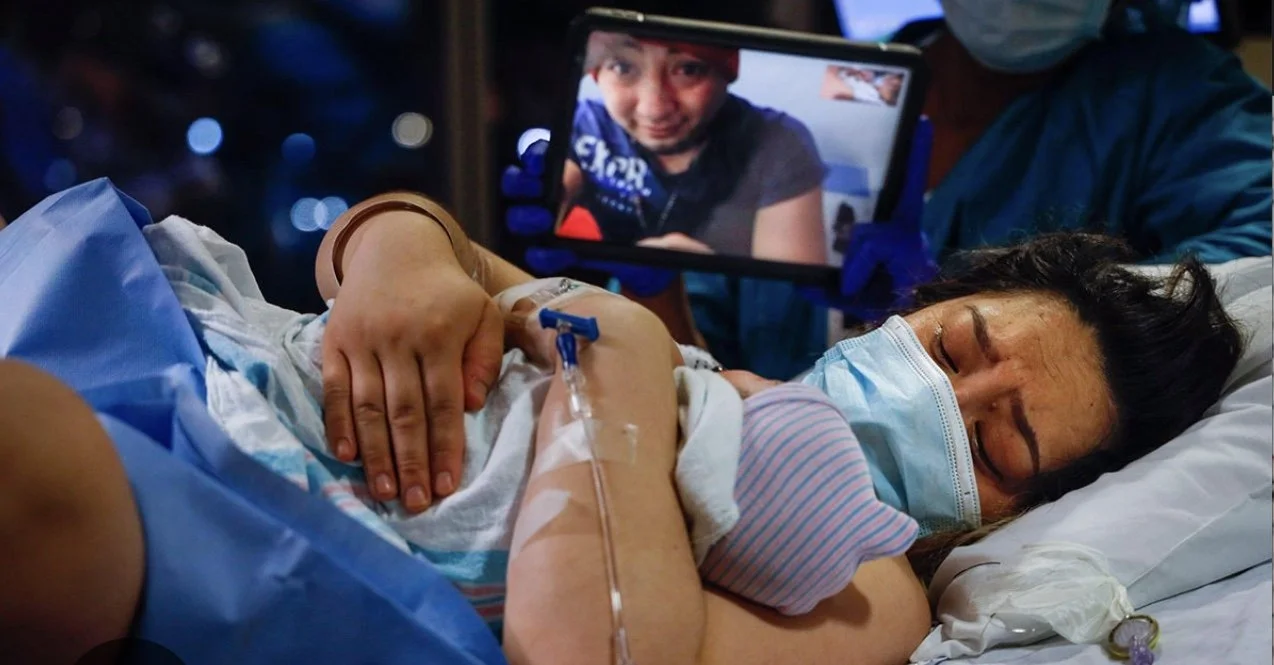Why It Helps to Understand the History of UK Birth Policy
From Albany to Ockenden
— How a Vision for Continuity Became a System of Crisis
Prior to the home birth suspension I learned that Gloucestershire has decommissioned its three continuity teams, reportedly citing the Ockenden Review and staffing pressures.
It’s true that there are not enough midwives on the ground
— a national crisis that impacts safety —
but what’s rarely discussed is why so many are leaving:
bullying, burnout, loss of respect, and the erosion of autonomy.
To understand how we reached this point, and advocate effectively for real change it helps to look back.
What began as a movement for relationship-based, woman-centred care
has gradually been replaced by bureaucracy and fear.
🕊️ The Albany Model (1990s – 2009)
The Albany Midwifery Practice in South London pioneered genuine continuity within the NHS.
Small midwife-led teams cared for women they knew throughout pregnancy, birth, and postnatally.
Outcomes were exceptional
— lower intervention rates, fewer premature births, higher satisfaction.
When the Albany was closed by King’s College Hospital in 2009, despite strong evidence and public support, it foreshadowed the system’s growing discomfort with autonomy and relational models of care.
🌸 2016 – Better Births: A National Vision Reborn
The Better Births Report reignited the Albany vision
— maternity care that was personalised, kind, safe, and family-friendly,
with most women receiving continuity of carer.
It introduced Local Maternity Systems (LMS)
to encourage collaborative planning between Trusts, commissioners, and service users.
For a brief moment, it felt possible: a return to midwifery-led continuity supported by national policy.
⚖️ 2017 – The End of Supervisors of Midwives
Following the Kirkup Report into Morecambe Bay, the independent Supervisors of Midwives (SoMs) were abolished in 2017.
Their statutory function was replaced by the Professional Midwifery Advocate (PMA) role, introduced under the AEQUIP framework (Advocating for Education and Quality Improvement).
Unlike the former SoMs, PMAs are employed within NHS management structures, not independently appointed.
The intention was to streamline regulation, but in practice this removed an autonomous layer of professional advocacy and peer oversight, leaving many midwives feeling less supported and less able to raise concerns safely.
😷 2019 – 2020 – Better Births Four Years On & the COVID Crisis
By 2020, Better Births Four Years On showed patchy progress.
Then the COVID-19 pandemic struck:
🏠 Home births suspended in many areas.
🚫 Partners restricted during labour and postnatal stays.
🔁 Continuity teams redeployed to cover gaps.
Thousands of women gave birth without a known caregiver
— a devastating reversal of everything Better Births promised.
📉 2020 – 2022 – The Ockenden Review Fallout
The Ockenden Review into Shrewsbury & Telford revealed catastrophic safety failings.
Rather than invest in staffing and relationships, many Trusts responded with centralisation, extra oversight, and “pausing” continuity teams — despite clear evidence that continuity improves outcomes.
The issue was never the model; it was under-resourcing and systemic fear.
✊ 2021 – 2023 – Equity, Partnership & New Policies
📗 Equity and Equality Guidance (2021): Tackled disparities and embedded co-production.
📘 Working in Partnership with People and Communities – Statutory Guidance (2022): Made collaboration a legal duty for ICBs and Trusts.
📙 Three-Year Delivery Plan for Maternity and Neonatal Services (2023–26): Reaffirmed personalised, safe care but lacked resources to make continuity sustainable.
Getting the Workforce Right (RCM)
Workforce is the through-line in every major maternity review (Morecambe Bay, Ockenden, East Kent, etc.).
There is a direct line between funding, staffing levels, culture, and safety for women and babies.
Midwives need to be supported, empowered and treated as autonomous professionals, not just rota-fillers.
Calls for:
Strategic workforce planning (right staff, right place, right time).
Investment in education, retention, and leadership.
Respectful, supportive cultures with collaboration across roles.
Recognition that midwives are accountable, autonomous practitioners whose role is “with woman”, not just “with system”.
🚨 2024 – The Prestwich Home-Birth Tragedy
The Prestwich Home Birth Tragedy exposed what happens when autonomy and continuity vanish.
A midwife dispatched after a 12-hour shift, unfamiliar with the woman or her plan.
Essential equipment failed at the worst moment.
When midwives are exhausted, unsupported, and denied decision-making power,
such tragedies are not rare events — they’re the inevitable outcome of a system set up to fail.
🤝 2025 – Working in Partnership with People and Communities Policy
The latest NHS England policy (2025) now requires systems to
demonstrate real partnership and co-production
— including with voluntary and independent providers.
This opens the door for Independent Midwives and community partnerships
to help rebuild the continuity model that Better Births once envisioned.
🌼 What This Means Now
From the closure of the Albany to the disbanding of continuity teams, the pattern is clear:
each reform born from tragedy, each improvement undone by fear.
Continuity teams were never the danger — it was the remedy.
If maternity services like Gloucestershire truly want safety,
they must rebuild what has been lost:
trust, respect, and autonomy for both women and midwives.
About the Author
Emma Gleave is an antenatal educator, doula (birth companion), and advocate for maternity reform in the Forest of Dean. Through Emma’s Antenatal and Wildlings Ed CIC, she combines evidence-based education with community action to promote continuity, autonomy, and respect in birth care.















